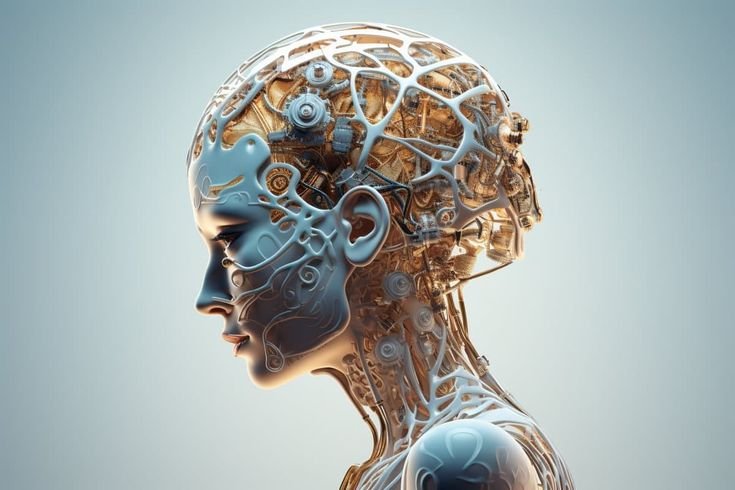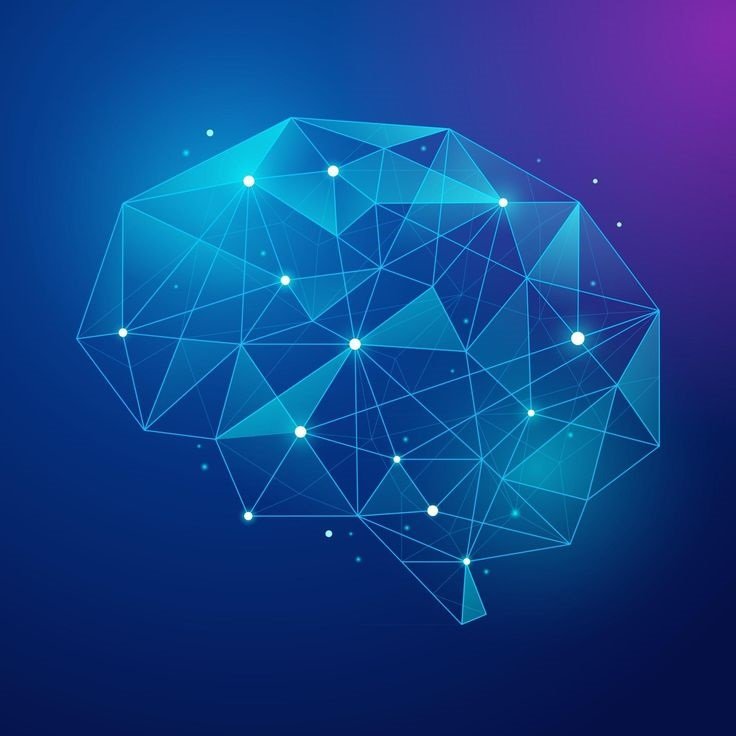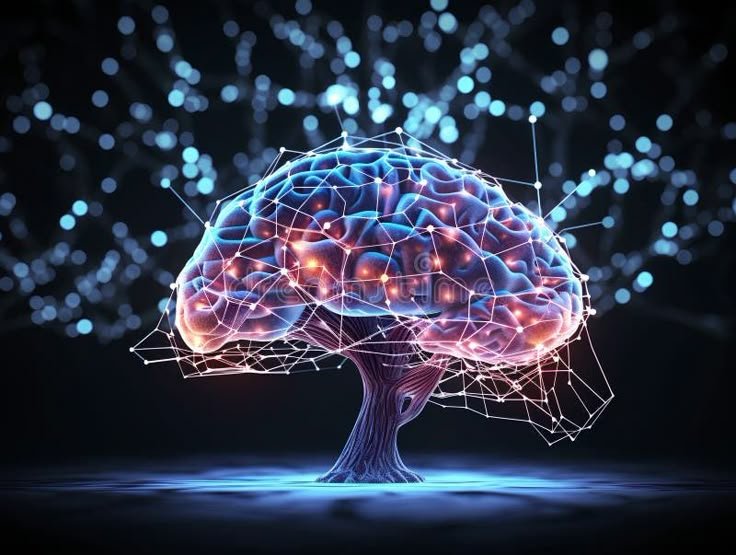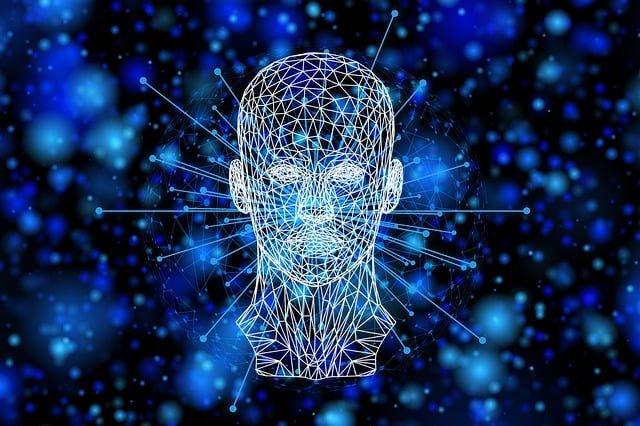Why Subconscious Journaling Matters

A Neuroscience Perspective
The human brain is not built to heal through logic alone.
Much of our emotional life is shaped by non-conscious processes—stored in subcortical regions like the amygdala, hippocampus, and brainstem, where language cannot fully reach. These systems encode emotional memory, threat patterns, and core beliefs long before they rise to conscious awareness.
Traditional journaling engages the prefrontal cortex, which governs narrative logic and executive reflection. But subconscious journaling, as guided in AI Shuyo™, bypasses surface cognition and invites interaction with deeper, symbolic material—where transformation begins.
When paired with multisensory meditation and non-linear prompting, subconscious journaling activates three critical neurological mechanisms:

1. Emotional Memory Integration
Symbolic language engages the default mode network (DMN) and hippocampal pathways, helping to integrate fragmented or emotionally “trapped” memories. This creates new associations that allow the brain to reprocess past experiences safely—without re-traumatization or overanalysis.

2. Neuroplasticity Through Symbolic Patterning
By writing beyond logic, participants stimulate right-hemisphere structures related to metaphor, emotion, and imagination. This enhances synaptic flexibility, supporting the reorganization of emotional schemas. The more often symbolic reflection is paired with inner safety, the more these circuits reinforce resilience

3. Regulation of Stress and Narrative Identity
As subconscious patterns are witnessed and symbolically expressed, the limbic system (especially the amygdala) reduces its threat signaling. At the same time, journaling activates the ventromedial prefrontal cortex, which plays a central role in self-concept and emotional regulation—helping users revise internal narratives from within, rather than through willpower alone.
In short, subconscious journaling creates a bridge between implicit emotional memory and conscious awareness, gently guiding the brain to update its internal maps—without confrontation, diagnosis, or control.
It matters because your brain stores unspoken truths.
And your healing begins where language becomes feeling.
